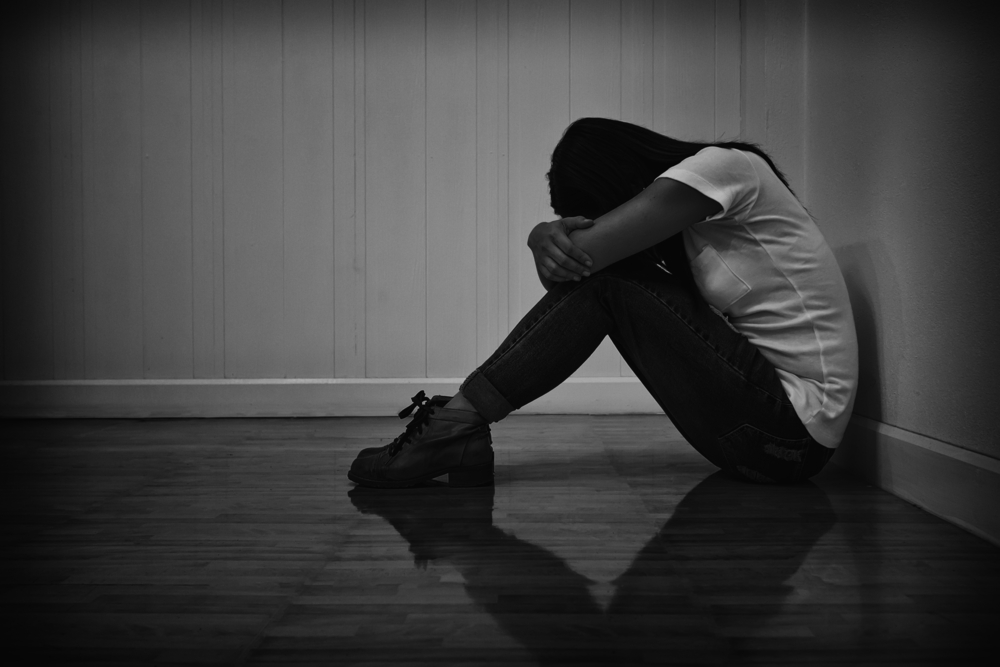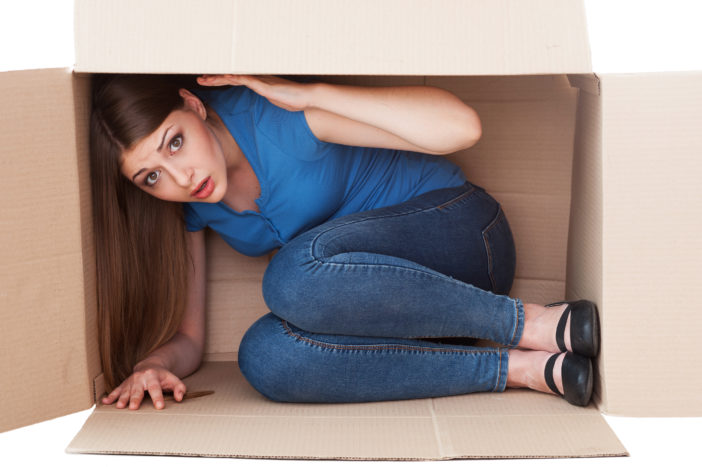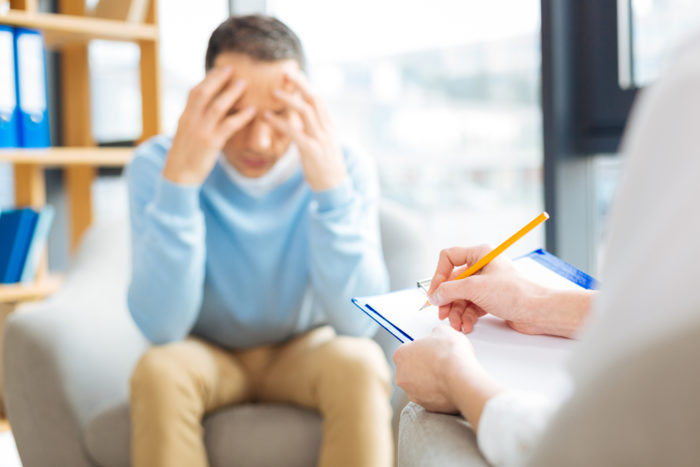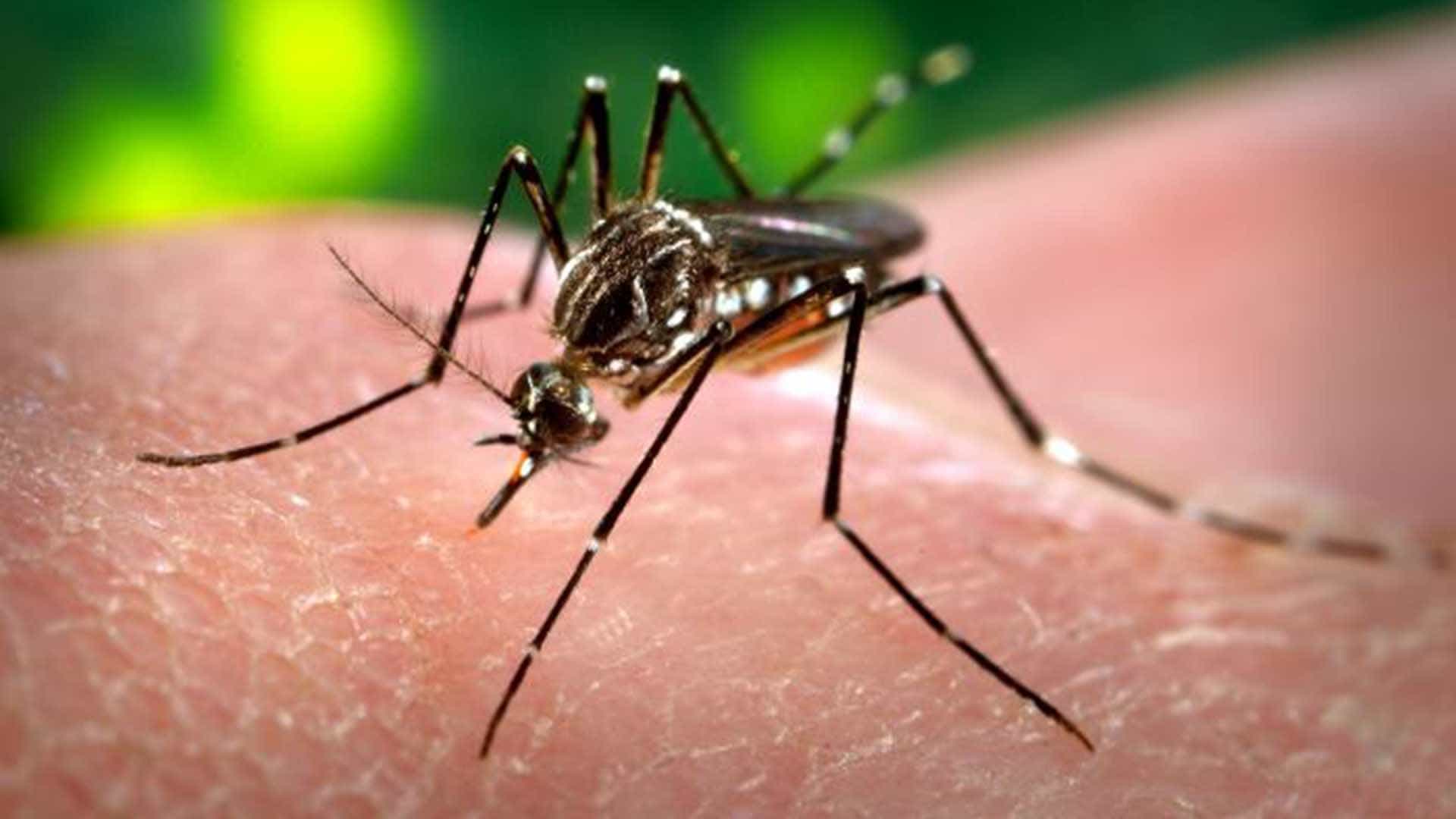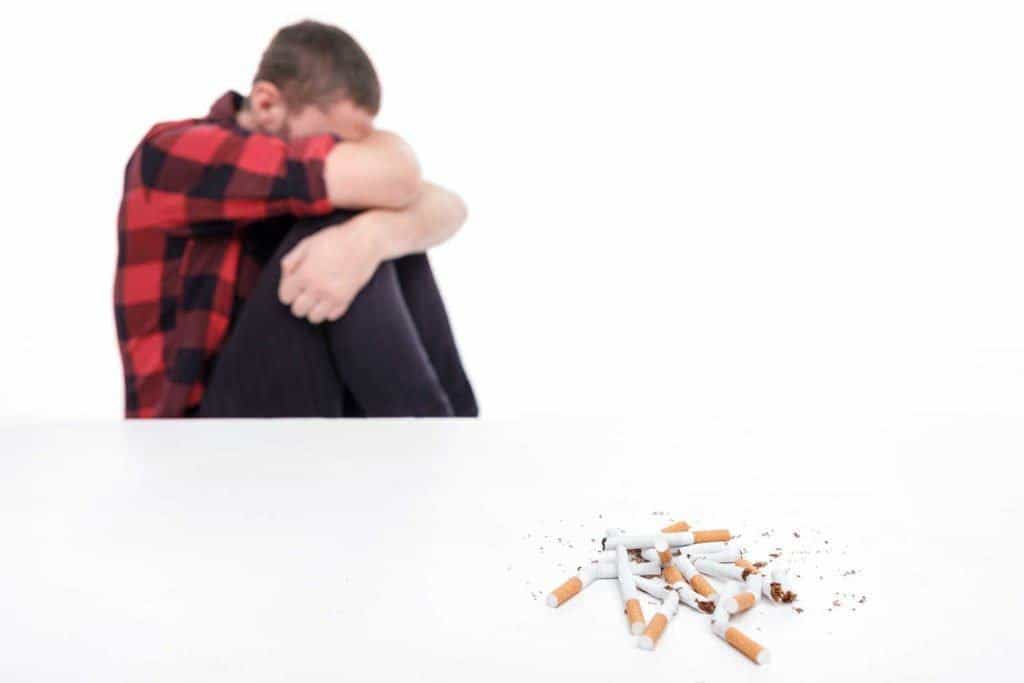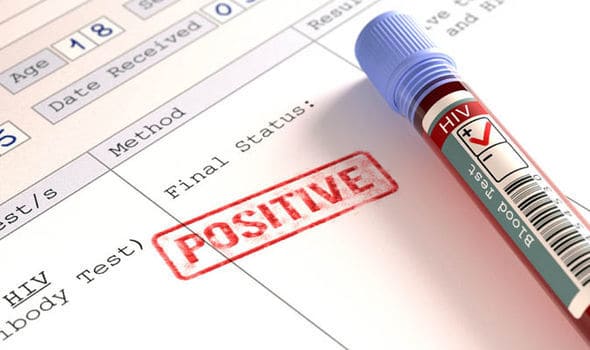Contents:
- Nyctophobia (dark phobia)
- Characteristics of dark phobias
- Claustrophobia (narrow space phobia)
- Characteristics of claustrophobia
- How to treat phobias?
Many consider that both types phobia namely nyctophobia and claustrophobia are the same thing. In fact, the two types of phobias are not the same. Claustrophobia is a severe fear in a closed and narrow space. While nyctophobia is a dark phobia or night. To find out more about the differences between the two, let's look at the following explanation.
Nyctophobia (dark phobia)
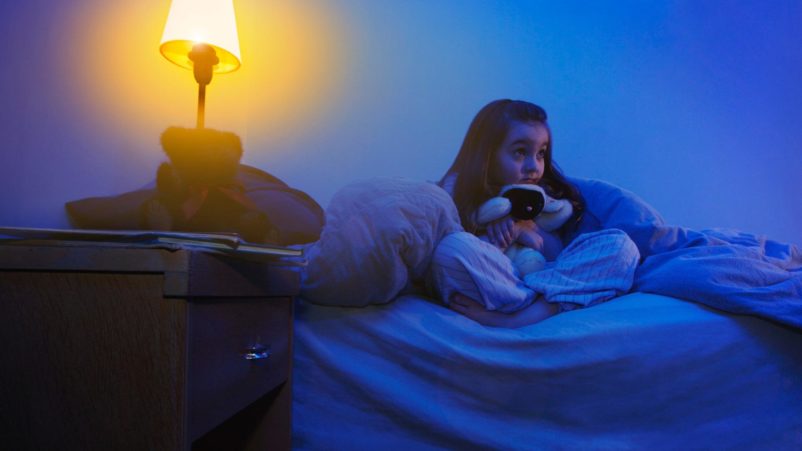
Nyctophobia is a condition of extreme fear in the dark or at night. Nyctophobia can also cause symptoms of anxiety and depression. In fact, this dark phobia can be excessive, the reason doesn't make sense, and can affect your daily life.
Dark phobia often starts in childhood and is seen as a normal part of child development. Some research shows that humans often fear darkness due to lack of visual stimulation. In other words, people may be afraid of the night and darkness because they cannot see what's around them.
Fear of darkness or lack of light is actually normal. However, if it has affected the activity to the quality of your sleep, immediately consult a doctor.
Dark phobias can be seen from physical and emotional symptoms. In fact, the symptoms of this dark phobia can arise when you just imagine or think of yourself in the dark.
Characteristics of dark phobias
Physical symptoms:
- Difficult and painful when breathing
- Irregular heartbeat
- Body parts such as trembling and tingling feet or hands
- Dizzy
- Stomach ache
- A cold sweat
Emotional symptoms:
- Experience extreme anxiety and panic
- Feeling like to escape from the place of snake
- Lost control
- Feel like threatened, even want to faint
- Fear
Claustrophobia (narrow space phobia)
Claustrophobia is a form of psychological disorder that causes severe fear and anxiety when you are in a closed or narrow room. People who experience claustrophobia will feel panic because they cannot escape while in a closed room.
The difference is the narrow and closed space phobia with dark phobias, the room does not have to be dark. Even in brightly lit rooms people with claustrophobia will still be severely frightened. Whereas in people with dark phobias, in open spaces such as in parks or highways they will still feel fear. The reason, which triggers fear is the lack of lighting, not the width of space or the existence of in and out access such as doors and windows.
People with claustrophobia may feel frightened while in an elevator, a narrow room without windows such as a bathroom, in a subway or an airplane, and in a machine scan MRI.
Characteristics of claustrophobia
Claustrophobia is a phobia whose symptoms can appear during childhood or adolescence. This can happen when people who experience the phobia are in a narrow and closed room that triggers a sense of fear of not being able to breathe, running out of oxygen, or even limited moving space.
- Sweating
- Can not breathe
- Irregular heartbeat
- High blood pressure
- Feel dizzy
- The mouth feels dry
- The body trembles and the head hurts
- Numb
How to treat phobias?
1. Exposure therapy
This therapy aims to deal with fear itself. The methods include illustrating fear when phobias attack, rather than avoiding the topic of conversation related to the phobia they have.
In addition, the patient will also be faced with constant fear until he can get used to dealing with these fears. Later the doctor or therapist will plan several long-term treatments.
2. Cognitive therapy
Cognitive therapy helps people recognize their feelings or anxieties and replace them with more positive reasons or thoughts.
Later, patients will be explained that darkness or nighttime does not mean that something bad will happen. This type of treatment is usually combined with several other therapies.
3. Relaxation
Relaxation is usually done to treat panic and anxiety because of certain phobias. In it, patients are also taught to practice their breathing. This can help manage stress and physical symptoms that can usually cause their phobias to recur.

